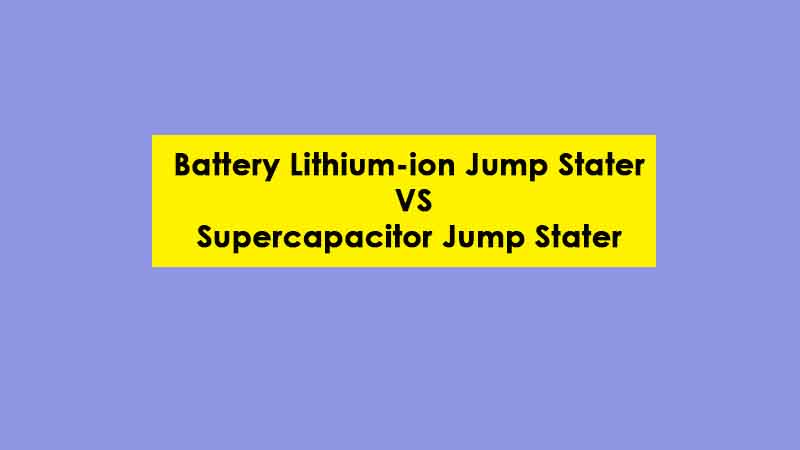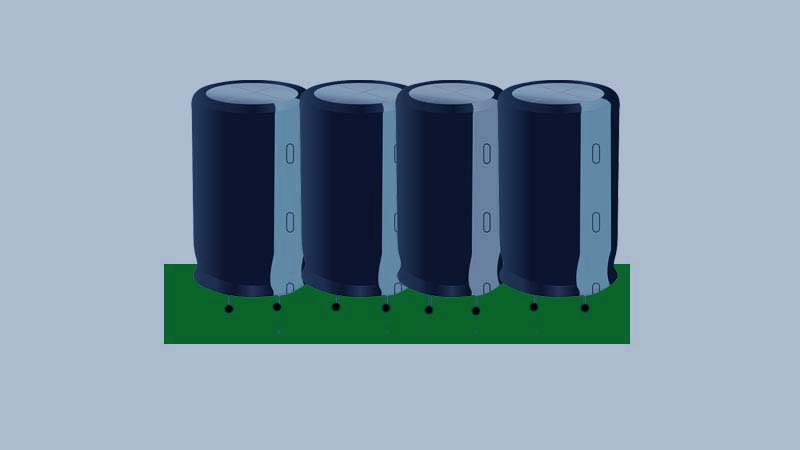A jump starter is a handy device to have stored in the trunk of your vehicle. You never know when your car battery will be low on power. You could be miles away from your home and suddenly have to deal with electrical issues because of a weak car battery. You’ll then be stuck in your current location until you can get a jump start from some external source.
Rather than depend on someone else to give you a jump start, it is so much easier to give yourself a jump start with a high-quality jump starter device. It’ll provide your car battery with the extra power it needs to activate the starter motor and get your car moving again. Then you should drive to the nearest auto shop and have your battery tested. If it is still a good battery, then get it recharged. Otherwise, replace the battery with a new one.
Battery lithium-ion jump starters are what most people have in the trunks of their cars. The lithium-ion technology replaces the classic lead-acid technology that was used for jump starters originally. But now, the latest jump-starting technology involves the use of supercapacitors rather than batteries.
Supercapacitors are used as car batteries in electric vehicles. But as a power source for jump starters, they can deliver a high electric current to your car battery. Does that necessarily make it better, though? Let’s compare supercapacitors with lithium-ion batteries to find out.
Battery Lithium-ion Jump Starter Pros

Experts suggest you will get up to 4 years out of the typical lithium-ion jump starter. However, some of the higher quality lithium-ion jump starters could last you for up to 20 years if kept in good condition. If the lithium-ion batteries inside the jump starter were to go dead, you could replace the batteries without replacing the entire jump starter.
Overall, battery lithium-ion jump starters are said to be safer, compact, and powerful for its size. You can even use the lithium-ion jump starter as a portable battery charger for your mobile devices.
Read also: Top 5 Best Lithium-ion Battery Jump Starters for Diesel Engine
Battery Lithium-ion Jump Starter Cons
Battery lithium-ion jump starters have a much shorter lifespan, with up to 10,000 cycles before they need to be replaced. It also takes a long time for a lithium-ion jump starter to recharge. Experts say lithium-ion jump starters recharge about 1,000 times slower than a supercapacitor jump starter.
Read also:
- Top 5 Best Universal Battery Chargers
- Top 5 Best Capacitors for Car Audio
- Top 5 Best 6V Rechargeable Batteries
Supercapacitor Jump Starter Pros

The lifespan of a typical lithium-ion jump starter is anywhere from 500 to 10,000 cycles. As for supercapacitor jump starters, their lifespan could average between 100,000 and 1,000,000 cycles. That means it will take a much longer time before you’ll need to replace your supercapacitor.
Supercapacitor Jump Starter Cons
Supercapacitor jump starters might have a longer lifespan, but they don’t hold an electric charge for very long. Their self-discharge rate is roughly 10% to 20% per day. If you were to keep the supercapacitor jump starter in your trunk for over a week without recharging it, then you might find it out of power by the time you need it for a jump start.


